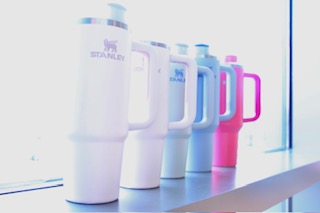The popular Stanley Cup does not seem to be going anywhere, but is it safe to use? As the Stanley Cup has gained popularity and become an obsession for people of all ages, speculations as to whether Stanley Cups have lead in them have been trending on social media. Because of the speculation, the Stanley Company confirmed that their cups have lead in them, but consumers are safe from lead exposure and poisoning as long as the cup does not get damaged. Stanley said that a lead pellet is used at the bottom of the tumbler, and it only poses a health threat if the circular cover is exposed. All Stanley Cups have a lifetime warranty, so consumers are able to file a claim if the circular cover is damaged. Stanley claims that they are currently working on finding an alternative solution to seal the cups without lead.
Lead poisoning can cause serious health problems. If someone is exposed to lead, it can cause kidney problems, anemia, reproductive issues, and developmental problems. Hydro Flask, another water bottle/cup company, used this opportunity to post on social media that they do not use lead in any of their products. The Hydro Flask company stated that in 2012, they pioneered a new process to seal their bottles without the use of lead. They claim that they “aim for a higher standard”.
Will this news about lead in Stanley cups dull their popularity? Morgan student Karla Duque thinks it will. She says “I feel like people will not actually investigate this, they will just see that the cups have lead, and think Stanley cups are dangerous”. In contrast, Morgan sophomore Tessa Gebauer says, “I think that not enough people know about the lead in Stanley Cups for this to have an impact on their popularity. If people found out about this, I think they would stop using them as the trend dies out”.


